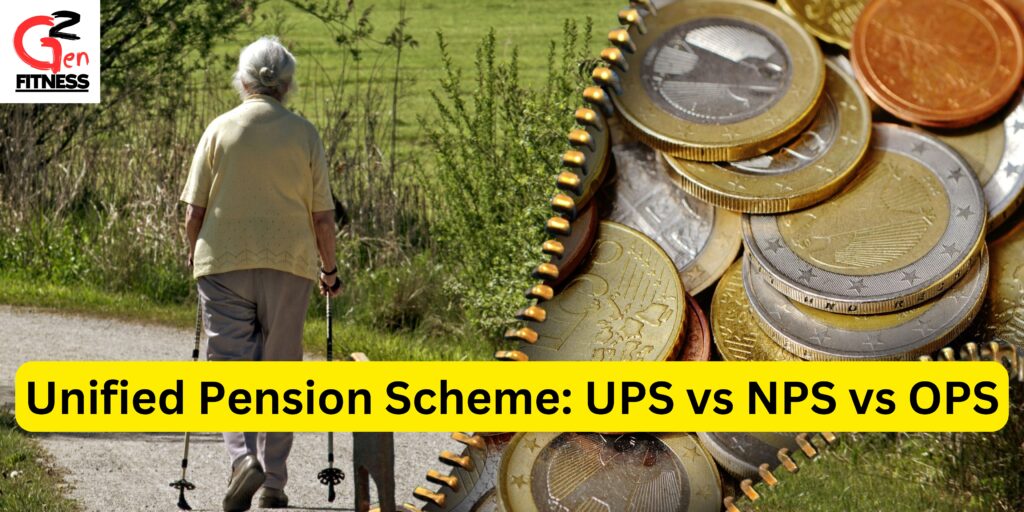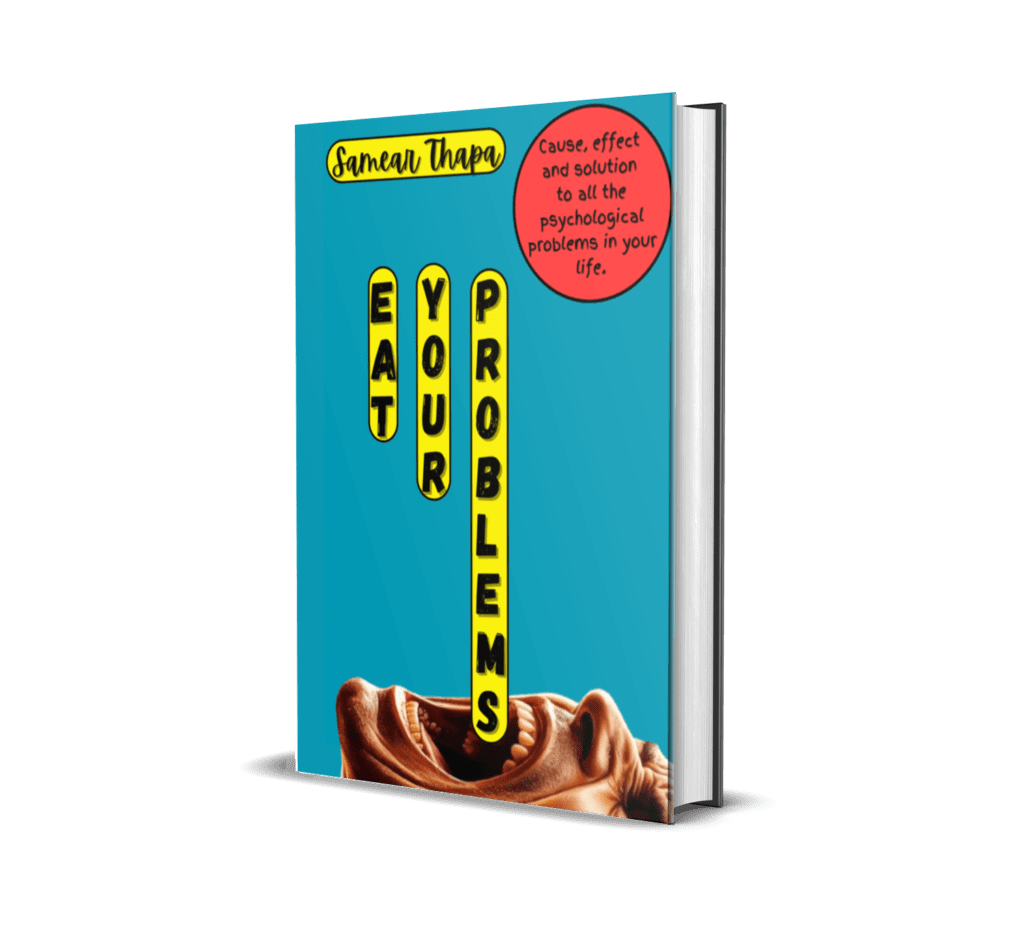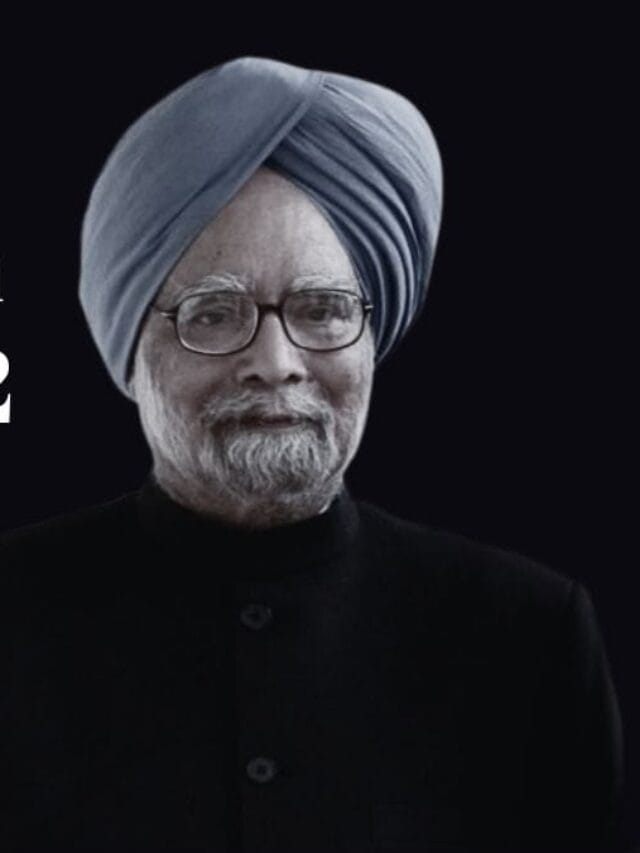

What is Unified Pension Scheme?
The Indian government has approved the Unified Pension Scheme (UPS), set to impact 23 lakh central government employees, with potential expansion to 90 lakh if state governments join. This scheme offers an assured pension for employees with at least 25 years of service, providing 50% of their average basic pay from the last 12 months. A minimum pension of ₹10,000 per month is guaranteed for those with 10 years of service. The scheme also includes inflation-adjusted pensions, assured family pensions, and a lump sum payment upon retirement. This initiative reflects the government’s commitment to securing the financial future of its employees.
Understanding the Differences: UPS vs NPS vs OPS
The Indian government has introduced the Unified Pension Scheme (UPS) to address the concerns raised after the Old Pension Scheme (OPS) was replaced by the National Pension Scheme (NPS). The UPS combines key features of both OPS and NPS, providing a balanced approach to retirement benefits.
Old Pension Scheme (OPS): OPS offered government employees a defined pension amounting to 50% of their last drawn salary, along with Dearness Allowance (DA) to account for inflation. The pension was non-contributory, directly funded by the government, ensuring financial security post-retirement. However, OPS placed a significant fiscal burden on the government, making it less sustainable over time.
National Pension Scheme (NPS): Introduced in 2004, NPS is a contributory pension scheme that applies to government employees and has since expanded to all sectors. Under NPS, employees contribute to their retirement fund, which is then invested in the market. Upon retirement, 60% of the corpus can be withdrawn tax-free, while the remaining 40% is used to purchase an annuity, providing a pension. While NPS offers growth potential through investments, it does not guarantee a fixed pension amount, making it less predictable than OPS.
Unified Pension Scheme (UPS): UPS seeks to merge the best aspects of both OPS and NPS. Under UPS, government employees are assured a fixed pension amounting to 50% of their average basic pay from the last 12 months, with provisions for inflation indexation and family pensions. UPS also incorporates a contributory element, similar to NPS, allowing employees to build their retirement corpus over time. Additionally, UPS ensures a minimum pension of ₹10,000 per month for those with at least 10 years of service.
In summary, UPS offers the security of a fixed pension like OPS, with the flexibility and growth potential of NPS, providing a balanced and sustainable retirement plan for government employees.
1. What is the Unified Pension Scheme (UPS)?
The UPS is a new pension scheme introduced by the Indian government, combining features of the Old Pension Scheme (OPS) and the National Pension Scheme (NPS). It offers a fixed pension amount based on the employee’s last drawn salary, along with inflation adjustments and family pension benefits.
2. How does UPS differ from NPS?
Unlike NPS, which is market-linked and contributory, UPS provides an assured pension amount and includes inflation indexation, ensuring stability post-retirement.
3. What is the minimum pension under UPS?
Employees with at least 10 years of service are guaranteed a minimum pension of ₹10,000 per month under the UPS.
4. What benefits does the Old Pension Scheme (OPS) offer?
OPS provided a guaranteed pension of 50% of the last drawn salary with Dearness Allowance adjustments, but it was non-contributory and placed a heavy fiscal burden on the government.
5. Is NPS still available to government employees?
Yes, NPS is still available and applies to government employees who joined after 2004, offering potential growth through market investments but without a guaranteed pension amount.
6. Can employees choose between UPS, NPS, and OPS?
The availability of these schemes depends on government policies. Currently, UPS is being introduced to provide a balanced option, while NPS and OPS are governed by specific eligibility criteria.
Read our latest articles: https://genzfitness.in/
Free stock market course for Genz– https://genzfitness.in/free-stock-market-course-for-genz-4-formulas/
Best Book to read: Eat Your Problems


“Eat Your Problems” is a self-help guidebook designed to help you tackle common psychological challenges that hinder your personal and professional growth. This book provides practical solutions for common psychological challenges like overthinking, lack of focus, procrastination, and more. Each chapter explains the underlying causes of each problem, discusses its effects on life, and gives simple, practical solutions that anyone can apply instantly to overcome their issues. All the causes, effects, and solutions for each problem mentioned in this book are backed up by science various research conducted, and also by author’s personal experiance making this book highly effective and universally applicable. https://eatyourproblems.store/





